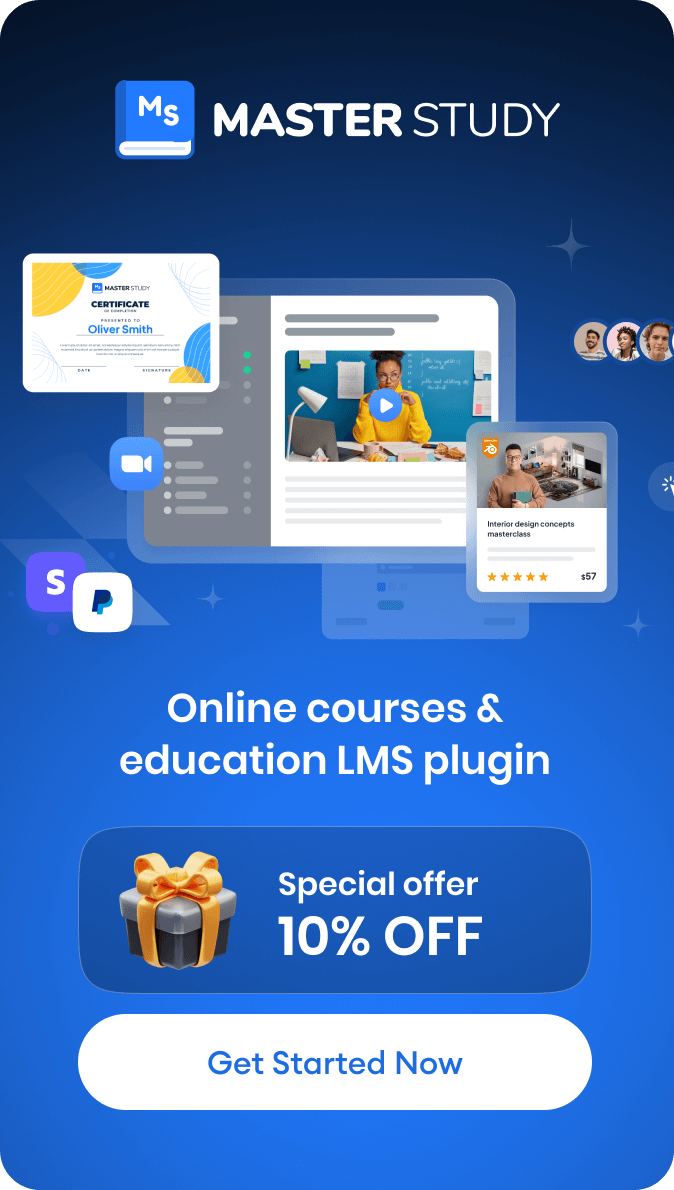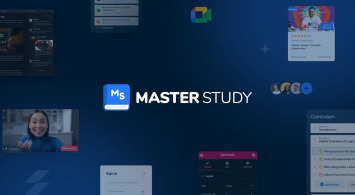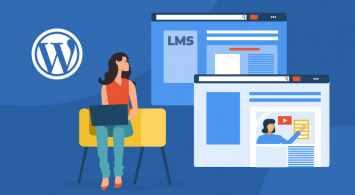No other feature has been as impactful and sought after as Zoom meetings or video conferencing. And in the early days, it was out of reach for most LMS providers, – financially and technologically. But not anymore! Now fully integrated with the back end of the learning management system, Zoom offers your courses new possibilities to engage and collaborate with students – all over the world.
One of the main problems with most learning management systems is that they lack a variety of features. While they manage to get the basics right, they also lack features like screencasting, interactive elements, and other functionalities that can make learning much more engaging.
This blog will look at how you can integrate Zoom with your LMS and how it will make your digital classroom setup a lot more efficient.
What brings Zoom to your LMS
Why should you integrate Zoom with your LMS?
If you already conduct training webinars for your staff or clients using Zoom and your LMS without integration, you are aware of how labor-intensive this procedure may be. But if you combine the platforms, you can:
1. Easy setup
The most obvious reason is that it makes setting up and managing Zoom meetings much easier. With integration, you can schedule and start meetings directly from your LMS, and all the meeting management features will be available directly from your LMS interface. This includes features like recording, chatting, and sharing.

One bright example, which we are keen to suggest is using the LMS or education WordPress tool with integrated Zoom meetings.
Enjoy the adaptability of Zoom Web Conferencing’s robust capabilities while getting immediate access to the MasterStudy LMS, thanks to Zoom integration. Schools and universities may improve their virtual programs by enabling students to attend top-notch video sessions on desktop and mobile devices. Directly from your LMS, you can create and control Zoom meetings.
2. Schedule sessions to save time
Integrating Zoom with your LMS can save you a lot of time when it comes to scheduling. With Zoom, you can easily schedule and manage your online classes and meetings directly from your LMS.
You can schedule the webinar sessions in your LMS and add all the necessary information. As a result, less administrative work is required because this information is automatically created in your Zoom account.
You don’t have to waste time logging in and out of different platforms, and you can easily keep track of your Zoom meetings and classes in one place.
3. Automatically notify learners when they enroll
The LMS will take care of everything once you’ve created and published the session, enrolled your learners, and set up the webinar. All you have to do is sit back and wait for your learners to be notified of the upcoming event.
The session is first put on their dashboard so they can see it. Then, before the event, each student receives a notification email with the details they need to know to ensure they don’t miss it. Additionally, as an additional reminder of the future session, customers can save the event to their calendars through email.
Automatic notifications will help reduce friction in the process and streamline communication, so there’s no confusion about where meetings are happening or when. It also helps ensure learners know about all upcoming meetings so they don’t miss anything important.
4. Unified data collection
Data tracking is where running a Zoom webinar without integrating it with your LMS hurts. You must cross-reference your learners if they are registered for the webinar in your LMS, but the attendance is tracked in Zoom. This results in a manual, laborious task.
Due to the integration, all attendance data from Zoom is sent back to the LMS, allowing you to skip this time-consuming step. There is no need for manual effort on your part; you only need to go into your LMS to access each learner’s training material.
Recording all data in a single system is important because it makes it easier to track student progress and identify areas where they may need extra help. Additionally, having all the data in one place makes it easier to generate reports and assess overall student performance.
5. Get advanced insights
Integration with Zoom allows you to take advantage of the rich analytical and reporting features.
Zoom provides detailed metrics on meeting quality, including attendee engagement, audio/video quality, and more. This information can help you identify areas for improvement and make better decisions about meeting productivity goals. Meetings that result in positive outcomes produce better results for everyone involved.
You can also use those reports to monitor how well students perform on specific tasks or content and track their progress over time. You’ll also be able to see what areas they need help in, which can help you design more effective lessons and assignments.
6. Assign tests live
You can hold a closed-book, timed exam in Zoom if you believe it is necessary for your course. You’ll need to provide webcams for all your students (which could be their computer or even their phone).
In an online Zoom meeting, it is very convenient to conduct tests and control tasks, as this simulates the real situation at a school, university, or learning center. The instructors can see their students, answer their questions or announce changes ongoing. This is very convenient, especially in the era of widespread distance learning.
Wrapping Up
In the end, Zoom integration can help teachers and students alike. It can help teachers teach more effectively, and it will also allow them to save time grading assignments, as well as provide more opportunities for collaborative learning. It saves teachers both time and stress.
Zoom integration is useful in the LMS environment because it helps maintain student engagement. Student engagement is always beneficial—it will improve how students learn and ultimately score on their tests.






























